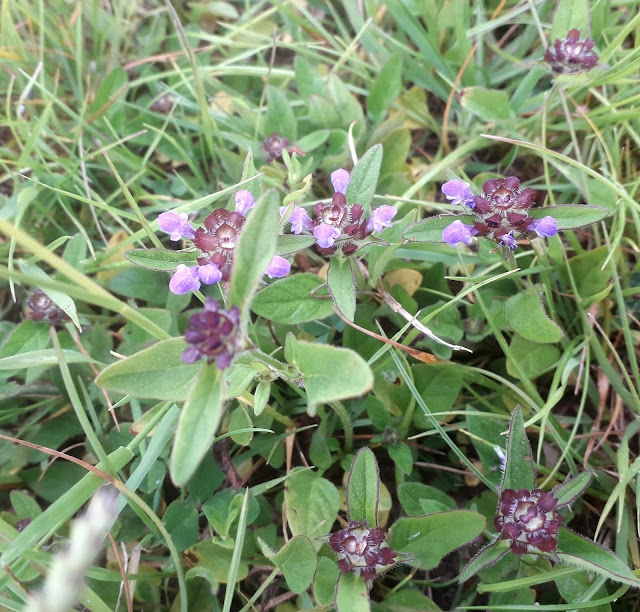Starting in May, the very small brown and white moths emerge from old horse chestnut leaves lying on the ground and fly up into the lowest branches of the horse chestnut trees. You can sometimes see them resting on the bark.
Photo: wikipedia
They lay their eggs in the leaves and the larvae eat out a tunnel or mine between the upper and lower layers of the leaf. At first it is pale green but as the tissue dies it goes pale brown and then the whole tree turns brown. They seem to have started early this year. I took this photo yesterday.
The moths usually have three generations in the UK but in favourable weather they can have five, each more numerous than the last.
The serious infestations are in late summer when the tree has done most of its growing. So apart from the unsightly appearance these moths do not harm the tree.
The hope is that blue tits will hurry up and get used to eating the grubs. They currently account for only 2 - 4%.

















































